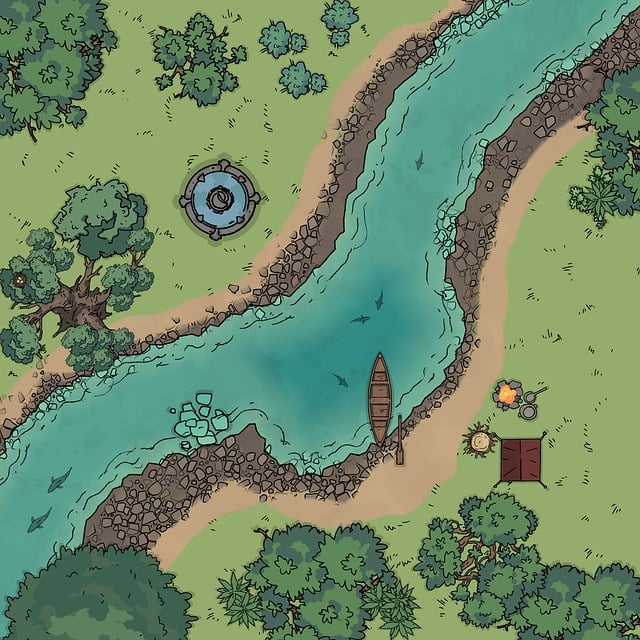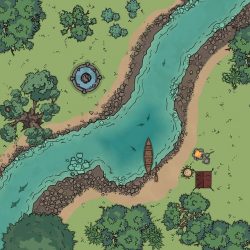Discovering India’s Lifelines: An In-Depth Look at the India River Map
India’s rivers are not just bodies of water; they are the lifelines of the nation, nurturing its lands, sustaining its people, and enriching its culture. Understanding the India river map allows us to appreciate the complex network of rivers that crisscross the country, each with its own unique course, significance, and challenges. In this blog post, we will delve deep into the major rivers of India, exploring their origins, courses, and the vital roles they play.
Overview of the India River Map
The India river map is categorized into four main river systems:
- Himalayan Rivers
- Peninsular Rivers
- Coastal Rivers
- Inland Drainage Rivers
Each system has distinctive features and contributions. Let’s explore these river systems and their major rivers in detail.
Himalayan Rivers
The Himalayan rivers are perennial, fed by the melting glaciers and snowfields of the Himalayas, ensuring a continuous flow throughout the year. These rivers are crucial for the agricultural and cultural fabric of northern India.
Ganga River
- Source: Gangotri Glacier, Uttarakhand
- Course: Flows southeast through Uttarakhand, Uttar Pradesh, Bihar, and West Bengal, emptying into the Bay of Bengal.
- Significance: The Ganga is the holiest river in Hinduism, central to religious rituals and ceremonies. It supports extensive agricultural activities and provides water to millions.
Yamuna River
- Source: Yamunotri Glacier, Uttarakhand
- Course: Flows southward through Himachal Pradesh, Haryana, Delhi, and Uttar Pradesh, merging with the Ganga at Prayagraj.
- Significance: The Yamuna is vital for irrigation and drinking water, especially for the national capital, Delhi.
Brahmaputra River
- Source: Angsi Glacier, Tibet
- Course: Flows eastward through Tibet, then southward into Arunachal Pradesh, and southwest through Assam before entering Bangladesh.
- Significance: The Brahmaputra supports agriculture, transportation, and rich biodiversity in the northeastern states.
Indus River
- Source: Tibetan Plateau
- Course: Flows northwest through Jammu and Kashmir and into Pakistan, emptying into the Arabian Sea.
- Significance: The Indus is a major river supporting agriculture and hydropower in the region.
Peninsular Rivers
Peninsular rivers are predominantly rain-fed and have a more seasonal flow compared to the Himalayan rivers. They are essential for southern and central India’s agriculture and water supply.
Godavari River
- Source: Trimbak Plateau, Maharashtra
- Course: Flows eastward through Maharashtra, Telangana, Andhra Pradesh, and empties into the Bay of Bengal.
- Significance: Known as the ‘Dakshina Ganga,’ the Godavari is vital for irrigation and supports diverse ecosystems.
Krishna River
- Source: Mahabaleshwar, Maharashtra
- Course: Flows southeast through Karnataka, Telangana, Andhra Pradesh, and empties into the Bay of Bengal.
- Significance: The Krishna River is crucial for agriculture, particularly in the Deccan Plateau region.
Cauvery River
- Source: Talakaveri, Karnataka
- Course: Flows southeast through Karnataka and Tamil Nadu, emptying into the Bay of Bengal.
- Significance: The Cauvery is essential for irrigation and drinking water in Tamil Nadu and Karnataka.
Narmada River
- Source: Amarkantak Plateau, Madhya Pradesh
- Course: Flows westward through Madhya Pradesh, Maharashtra, and Gujarat, emptying into the Arabian Sea.
- Significance: The Narmada supports agriculture and hydropower in the central and western regions.
Tapti River
- Source: Satpura Range, Madhya Pradesh
- Course: Flows westward through Madhya Pradesh, Maharashtra, and Gujarat, emptying into the Arabian Sea.
- Significance: The Tapti River is vital for irrigation and water supply in the region.
Coastal Rivers
Coastal rivers run along India’s coastal regions and are typically shorter in length but are significant for local ecosystems and communities.
Mahanadi River
- Source: Sihawa, Chhattisgarh
- Course: Flows eastward through Chhattisgarh and Odisha, emptying into the Bay of Bengal.
- Significance: The Mahanadi supports agriculture and fisheries in Odisha.
Subarnarekha River
- Source: Chota Nagpur Plateau, Jharkhand
- Course: Flows southeast through Jharkhand, West Bengal, and Odisha, emptying into the Bay of Bengal.
- Significance: The Subarnarekha is crucial for irrigation and local biodiversity.
Inland Drainage Rivers
Inland drainage rivers do not reach the sea but end in lakes or inland basins.
Luni River
- Source: Aravalli Range, Rajasthan
- Course: Flows southwest through Rajasthan and Gujarat, terminating in the Rann of Kutch.
- Significance: The Luni is important for agriculture in the arid regions of Rajasthan.
Importance of the India River Map
The India river map is not just a geographical representation but a reflection of the country’s natural and cultural wealth. Here are some key aspects of its importance:
Agricultural Support
- Irrigation: Rivers provide essential water for irrigating crops, supporting India’s vast agricultural sector.
- Soil Fertility: Rivers deposit nutrient-rich silt, enhancing soil fertility in their floodplains.
Economic Contributions
- Hydropower: Many rivers are harnessed for hydroelectric power, contributing to India’s energy needs.
- Transportation: Rivers serve as natural transportation routes, facilitating trade and commerce.
Ecological Balance
- Biodiversity: Rivers support diverse ecosystems, providing habitats for numerous plant and animal species.
- Water Resources: Rivers help maintain groundwater levels and provide drinking water for millions.
Cultural Significance
- Religious Practices: Rivers like the Ganga and Yamuna hold immense religious significance, being central to many rituals and ceremonies.
- Historical Sites: Many ancient cities and monuments are situated along rivers, reflecting their historical importance.
Challenges Facing India’s Rivers
The India river map also highlights the challenges that these rivers face:
Pollution
- Industrial Waste: Industrial discharge pollutes many rivers, affecting water quality and ecosystems.
- Domestic Sewage: Untreated sewage from households contributes to river pollution.
Over-Extraction
- Agricultural Use: Excessive withdrawal of river water for irrigation depletes river levels.
- Urbanization: Growing urban areas increase water demand, putting pressure on river resources.
Climate Change
- Altered Flow Patterns: Climate change affects precipitation patterns, impacting river flow and volume.
- Glacial Melting: For Himalayan rivers, glacial melt is critical, and climate change affects glacier health.
Conservation Initiatives
Several initiatives aim to conserve and protect the rivers on the India river map:
Government Programs
- Namami Gange: A flagship program focused on cleaning and rejuvenating the Ganga River.
- National River Conservation Plan (NRCP): Aims to conserve and protect various rivers across India.
Community Efforts
- River Clean-Up Drives: Local communities and NGOs organize clean-up drives to tackle pollution.
- Awareness Campaigns: Educational programs raise awareness about the importance of river conservation.
Conclusion
The India river map is a vital representation of the country’s natural and cultural heritage. Understanding the major rivers and their courses helps us appreciate their significance and the challenges they face. By supporting conservation efforts and recognizing the importance of these rivers, we can ensure their health and vitality for future generations.
Exploring the India river map is like uncovering the veins that pulse through India’s landscape, history, and culture, revealing the lifelines that sustain the nation.
























































